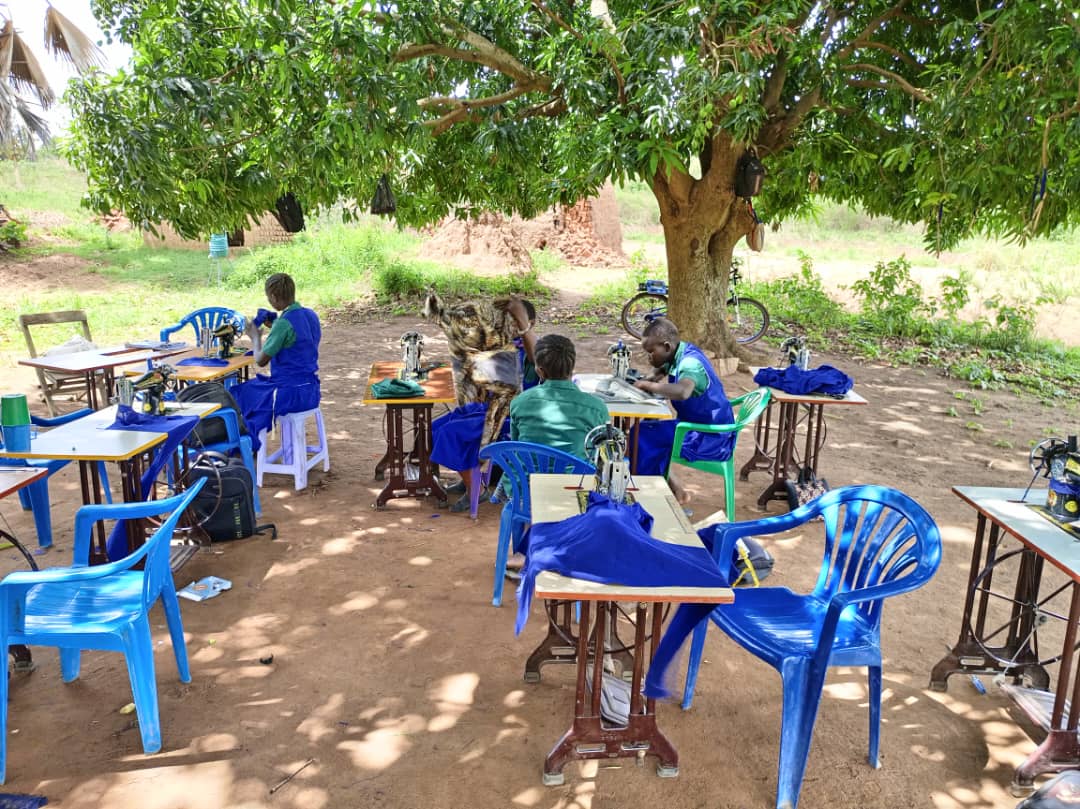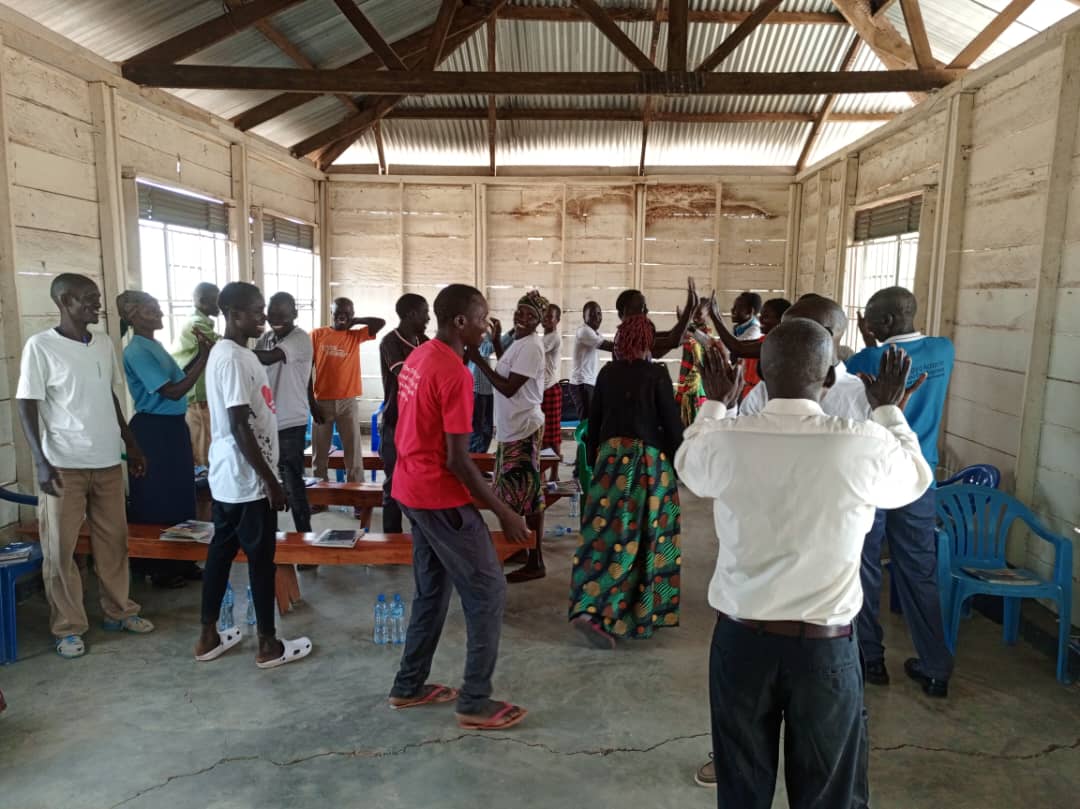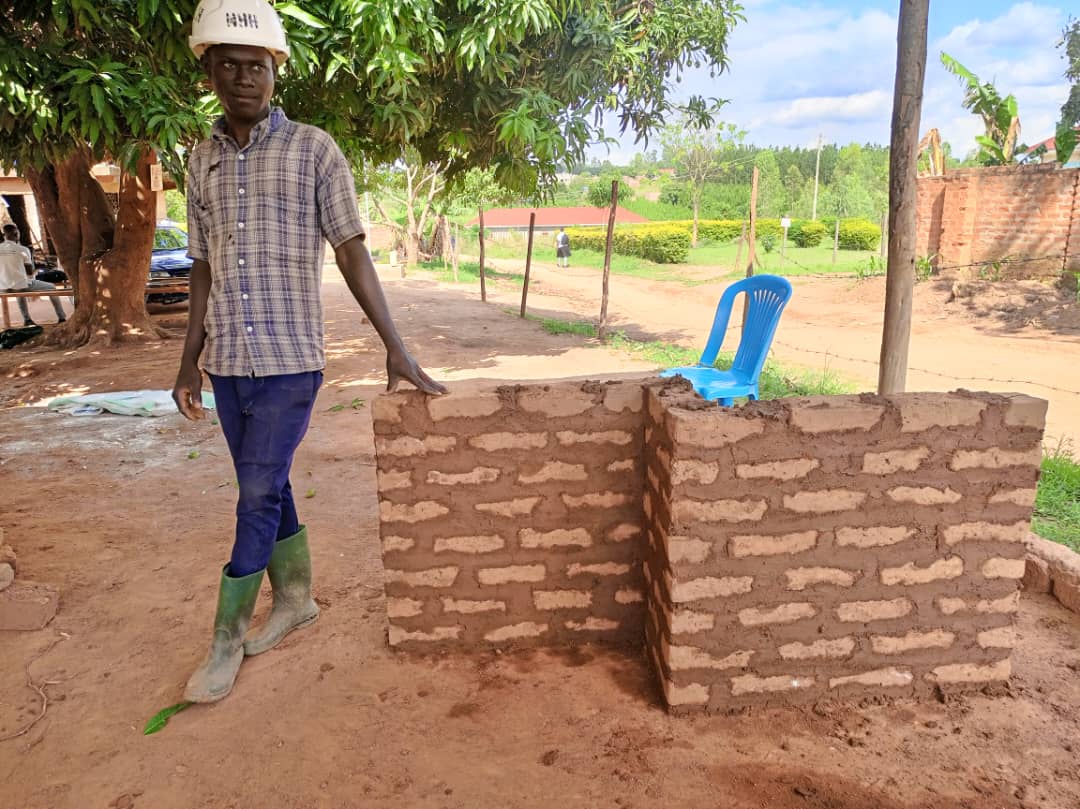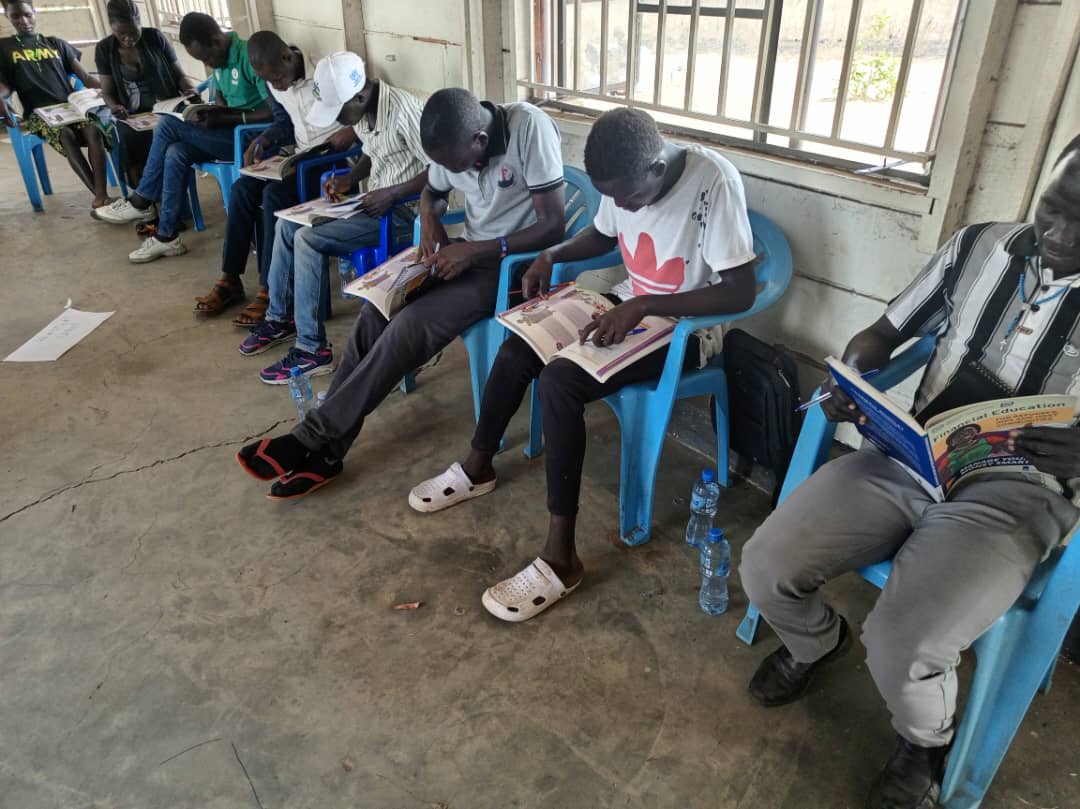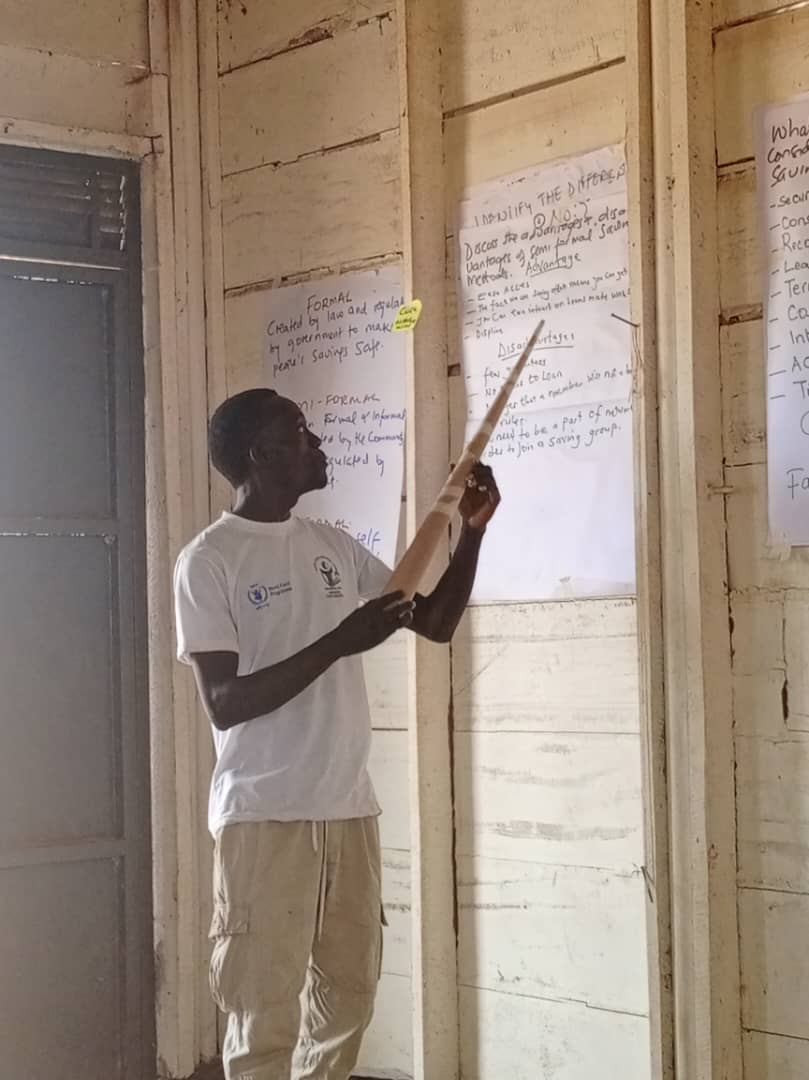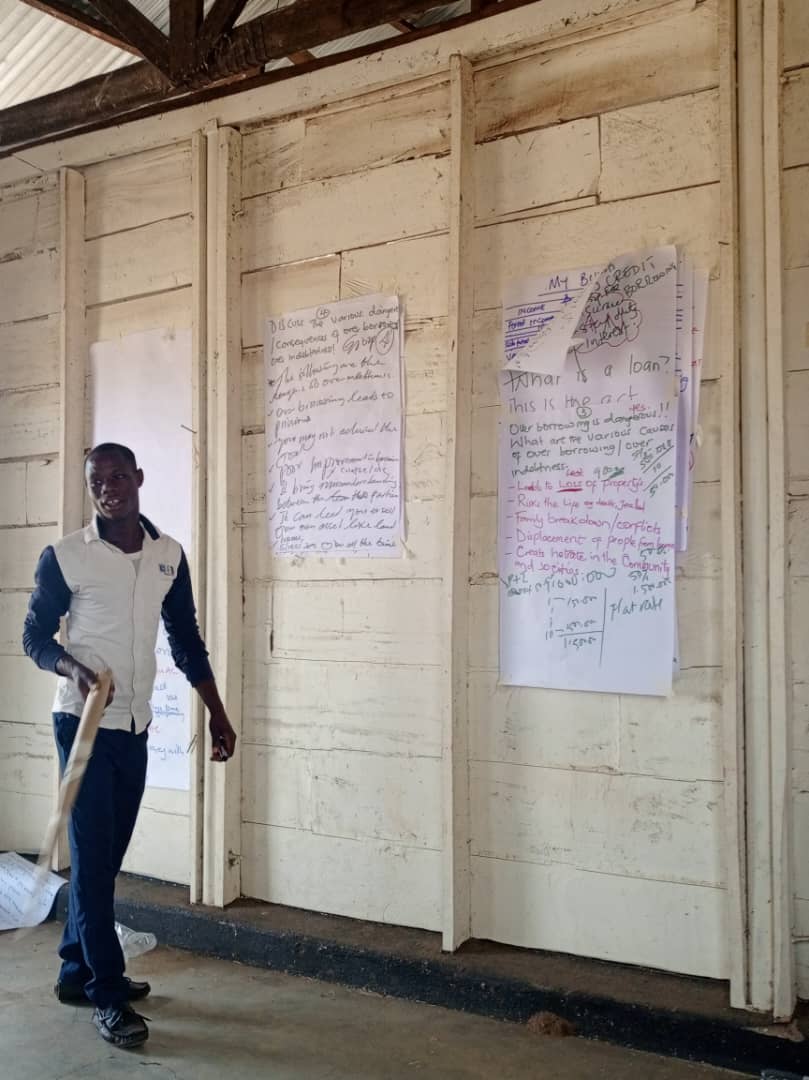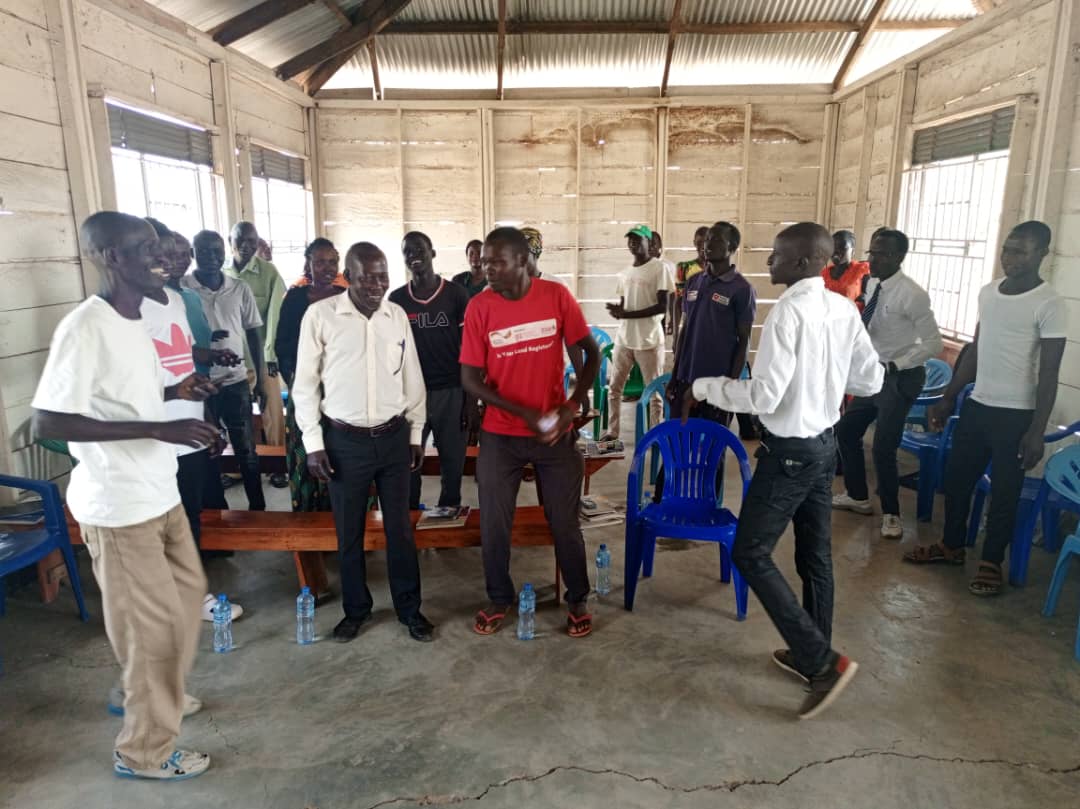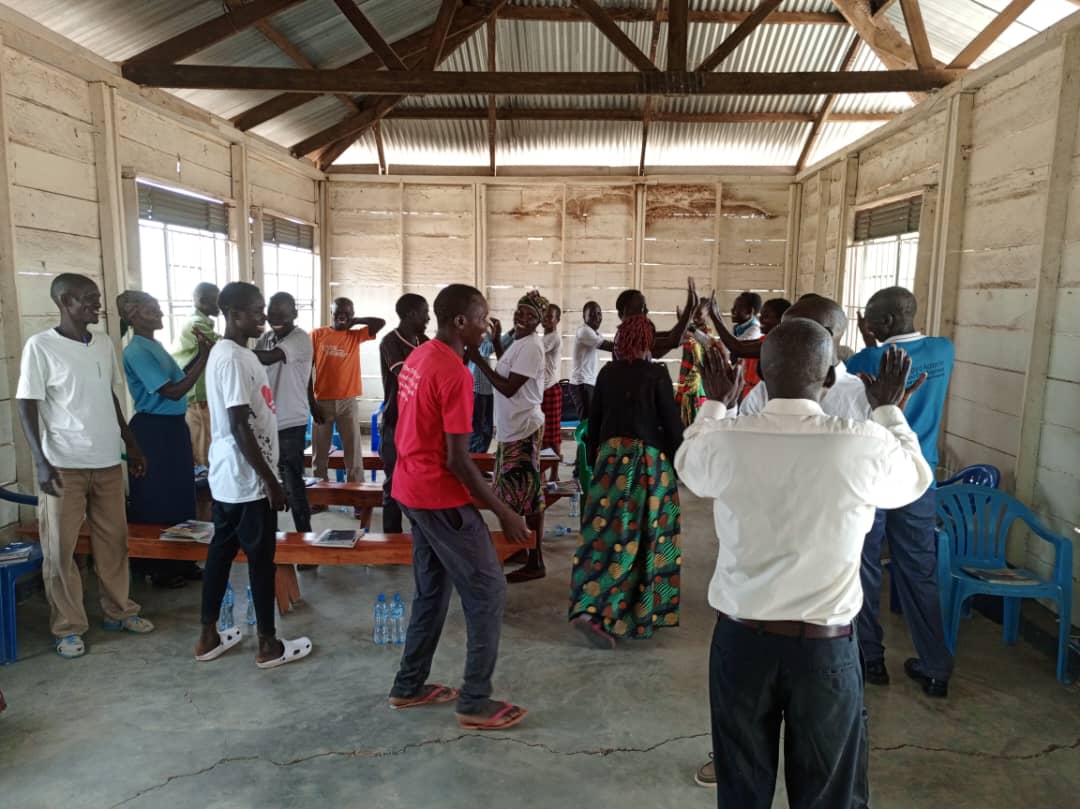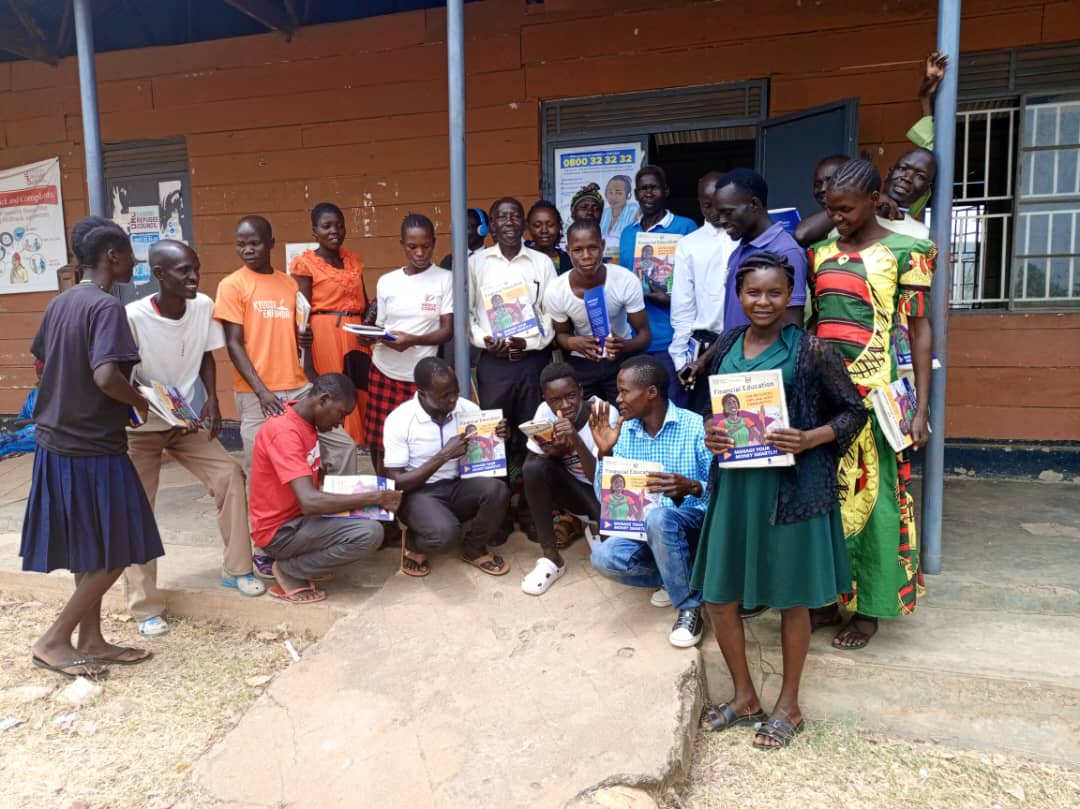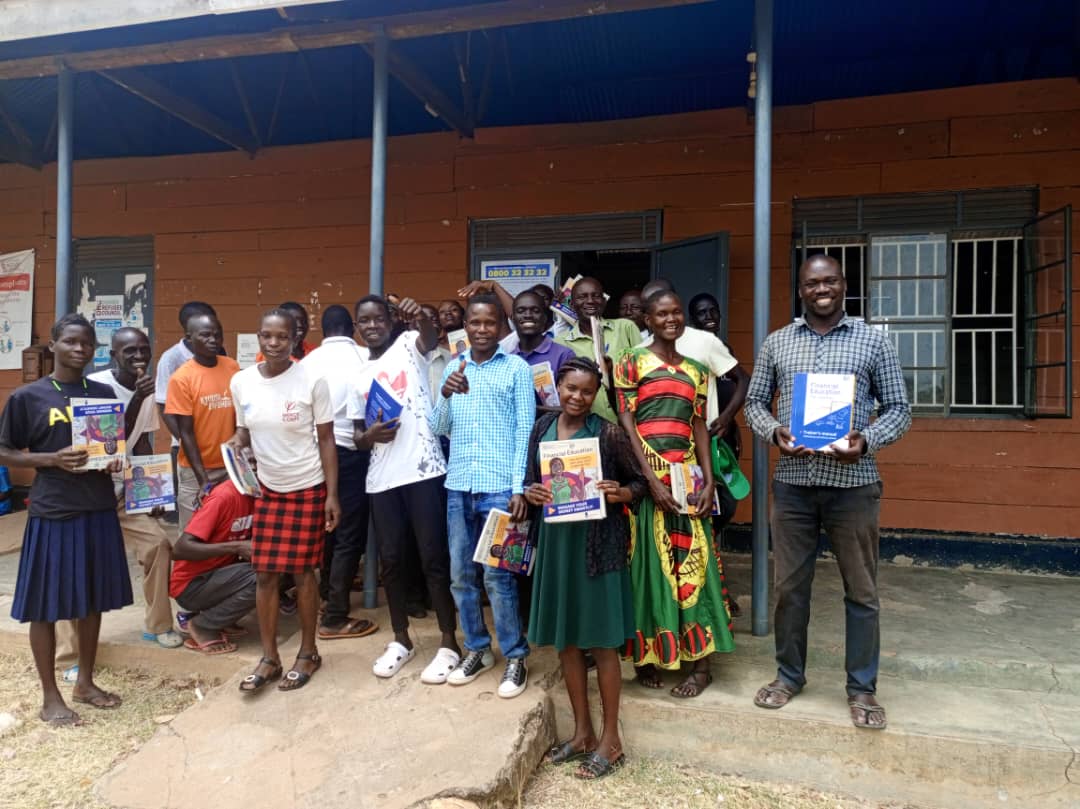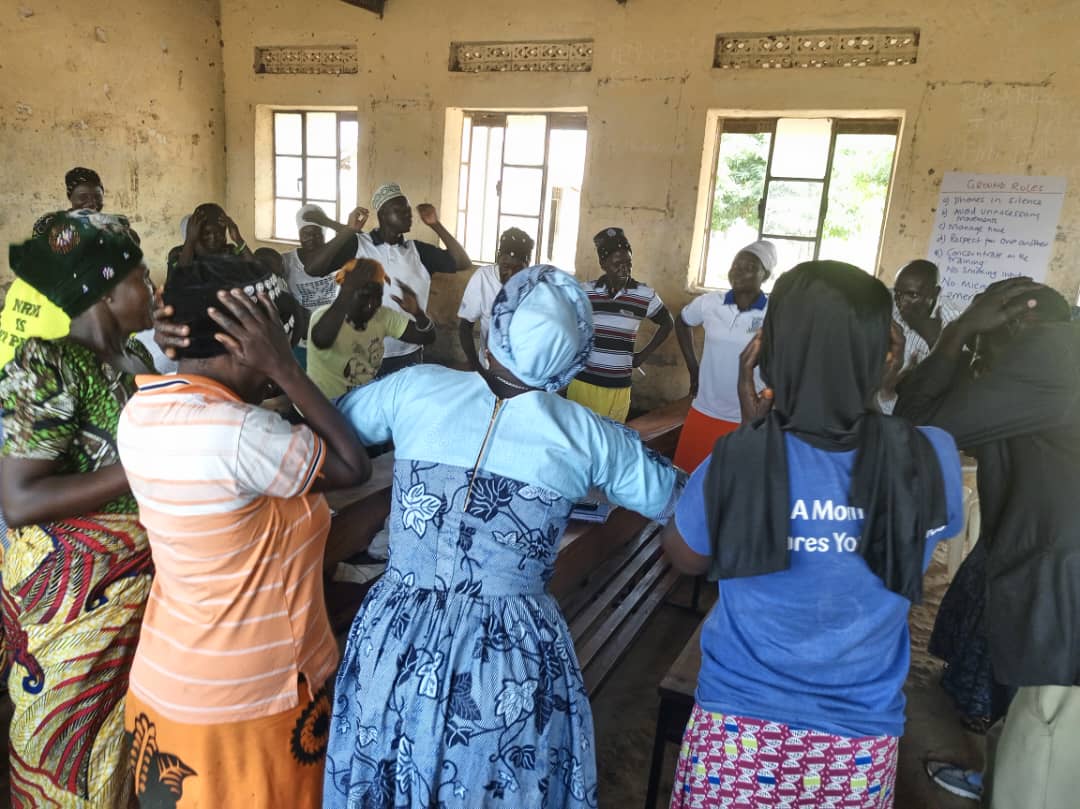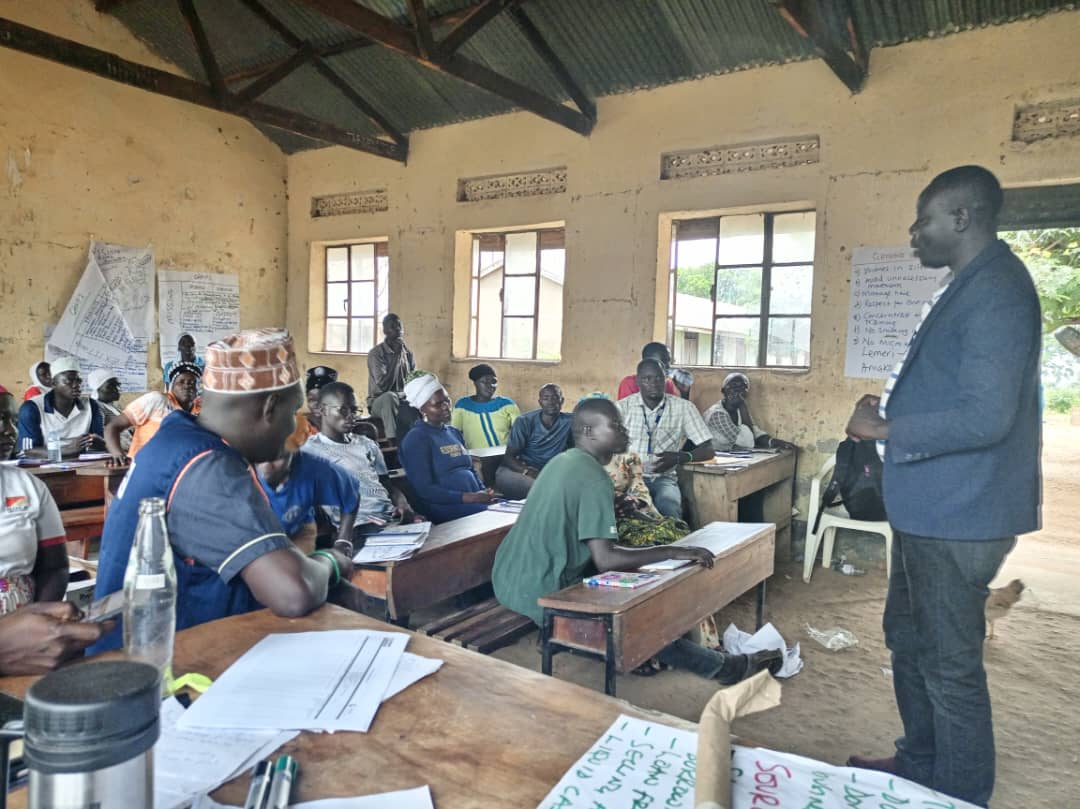
St Johns Development Network (SDN) is an Organization engaged in development and relief initiatives in communities & refugee settlements in Uganda. Because we believe development should be demand driven and the human is the focal point of development, our programming hinges on human centered designing while our interventions focus on Participatory Integrated Development (PICD) approach poverty alleviation through harnessing rural IDEAS, INNOVATION and INVESTMENT and leaving no one behind

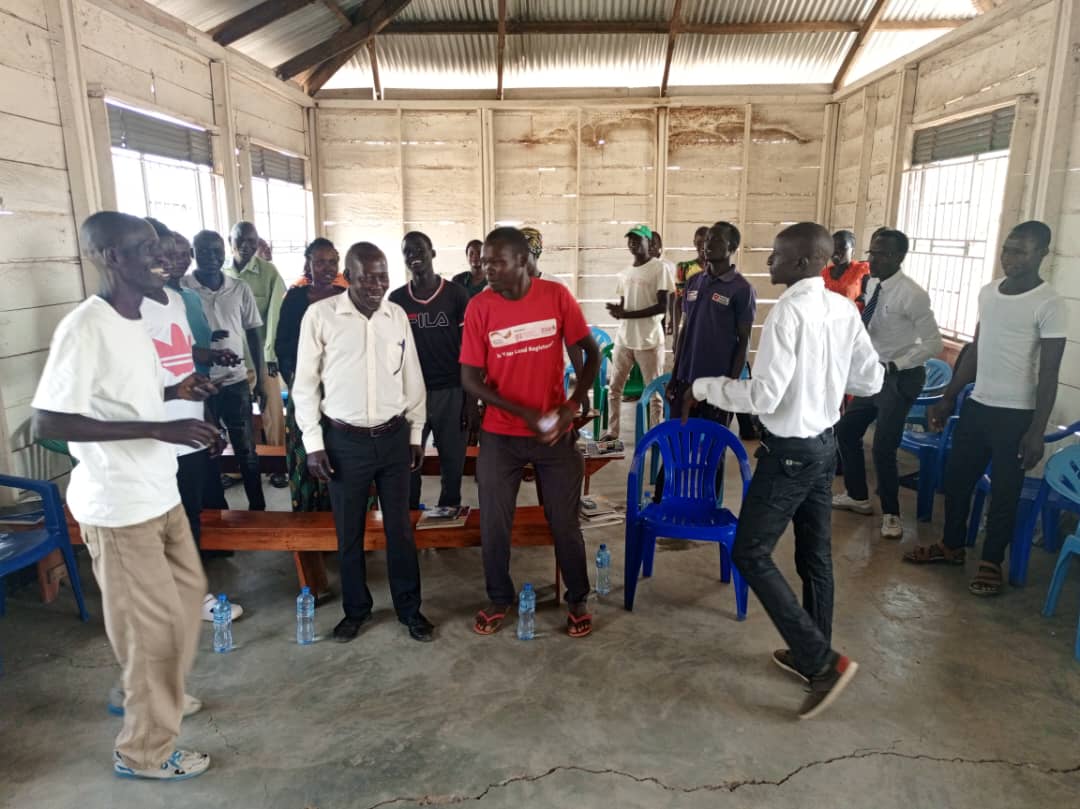
A community with efficient human capacities and good quality of life for sustainable development
To empower communities for positive socio-economic transformation.
To enhance community development through simple, innovative and practical approaches.
Emergency happens any time. War, Fire outbreak, floods, landslides, conflict & violence, epidemic disease, accidents, famine among others. It causes human & material loss.
In an emergency situation, the victims need critical life support i.e. Food, Shelter, medical care (Including first aid, clinical services), energy support, clothing, evacuation & relocation, tracing & linkages with lost family members, hope & emotional support, psycho social support among others.
Our programming in emergency & humanitarian response focuses on disaster risk reduction, disaster relief and humanitarian response.
Program goal: To be able to undertake effective emergency & humanitarian response to victims of disaster.
This focuses on using participatory approaches (PHAST with BCC) to mobilize communities to take charge of their health and address their health priorities through preventive and promotional activities
Disease Prevention and Health Promotion heavily hinges on Health Education. “Health by rudimentary definition a complete physical, psychological, social, biological wellbeing not just absence of disease” Never at any one moment can an individual be able to achieve unless in relativity….therefore “Being able to strike a balance between physical,psychological, social, biological aspects of one’s self would constitute a healthy moment” “ Health is made at home and repaired in the Health facility when it breaks down” to achieve this, greater focus needs to be on prevention, promotion other than cure.
A person's livelihood refers to their "means of securing the basic necessities - food, water, shelter and clothing- of life" which involve a set of activities, including securing water, food, fodder, medicine, shelter, clothing and the capacity to acquire above necessities working either individually or as a group by using endowments (both human and material) for meeting the requirements of the self and his/her household on a sustainable basis with dignity.
The concept of Sustainable Livelihood (SL) is an attempt to go beyond the conventional definitions and approaches to poverty eradication. These had been found to be too narrow because they focused only on certain aspects or manifestations of poverty, such as low income, or did not consider other vital aspects of poverty such as vulnerability and social exclusion. It is now recognized that more attention must be paid to the various factors and processes which either constrain or enhance poor people’s ability to make a living in an economically, ecologically, and socially sustainable manner.
